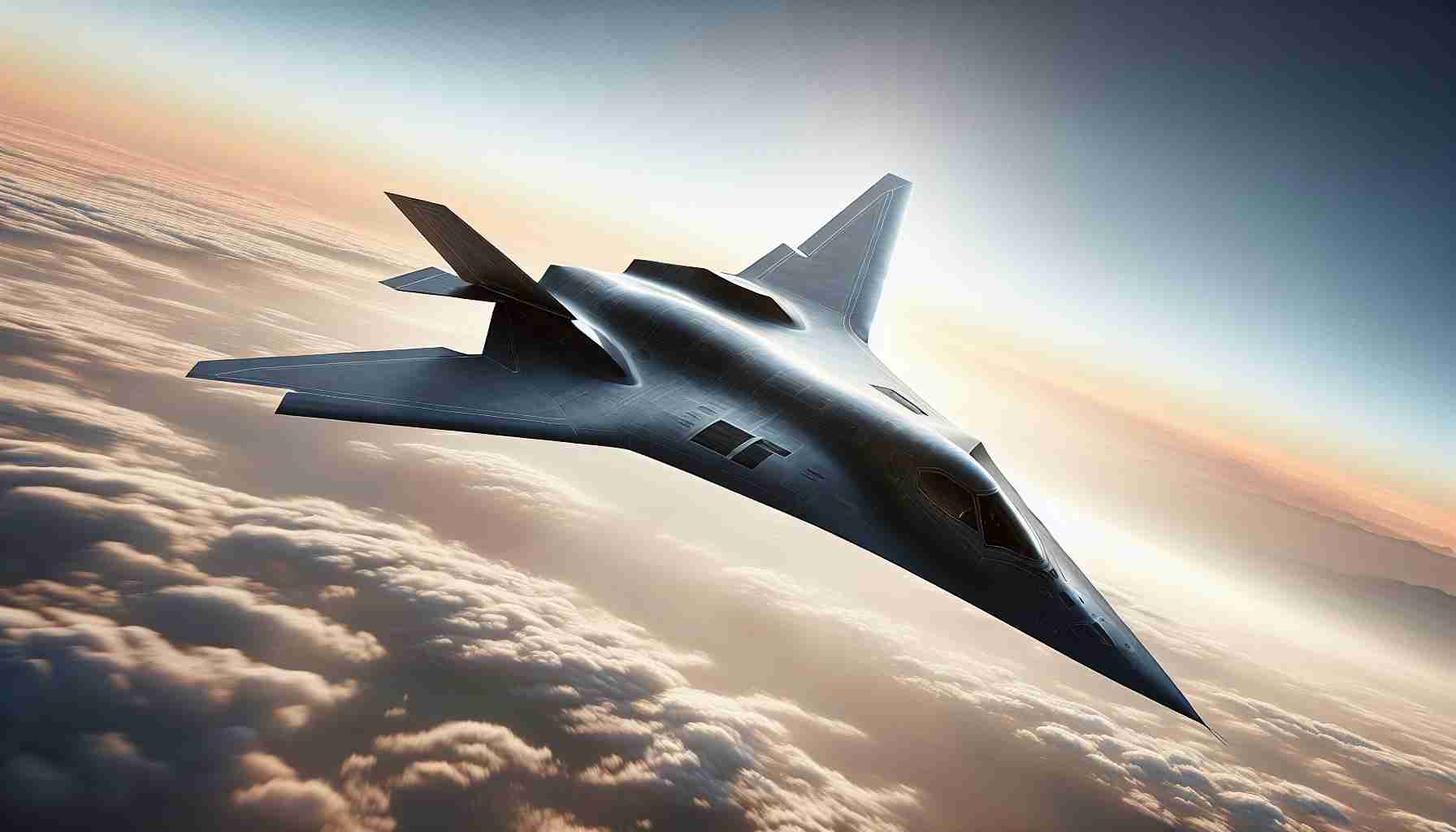Zhuhai Unveils China’s Latest Aviation Marvel
An extraordinary moment unfolded in the skies over Zhuhai, as the audience witnessed the thunderous entrance of China’s newest stealth fighter, the Shenyang J-35A. This highly anticipated jet soared into view, marked by powerful afterburners, and stunned onlookers with a spectacular flypast before disappearing into the clouds.
China’s Advanced Military Leap
Marking a significant milestone, the J-35A positions China alongside the United States as the only nations with two fifth-generation fighters in their arsenal. While the Chengdu J-20 is already operational in large numbers, the development status of the J-35A remains less clear. Initially conceived for naval operations, the fighter now also has a land-based variant for the air force, indicating diverse strategic uses.
A Stealthy Contender on the Global Stage
China is eyeing international markets with the J-35A as a cost-effective alternative to the American F-35A. Reports suggest countries like Egypt and Pakistan are showing interest in adopting this affordable stealth technology. The aircraft’s distinct design, featuring internal weapon bays for higher stealth capability, promises an impressive suite of air-to-air and air-to-ground arsenal.
The Mystery Behind the Machine
Originating from the Shenyang FC-31, the J-35A debuted at China’s Airshow and captured attention with its striking performance. Despite limited details on its avionics, insiders speculate advanced features such as an AESA radar and infrared targeting systems. The stealth fighter’s full capabilities remain shrouded in mystery, as the world waits to see if it lives up to its potential as a military game-changer.
Unveiling the Secrets: How China’s New Stealth Fighter Could Transform Global Dynamics
The debut of China’s Shenyang J-35A at Zhuhai has certainly set the aviation world abuzz. But beyond what was highlighted in its unveiling, what untapped possibilities and controversies does this aircraft hold for the future of technology and global dynamics?
Shaping Future Military Technologies
The development of the J-35A signals a bold step in China’s military aviation advances, potentially accelerating future technology trends. As nations pivot towards deploying advanced stealth aircraft, technology sharing and cooperation agreements could evolve, possibly leading to breakthroughs in materials science, radar countermeasures, and propulsion systems. The J-35A’s introduction creates a competitive pressure that may expedite these developments, driving innovation across different sectors.
Potential Pitfalls and Controversies
While the J-35A promises technological prowess, it also opens up arenas for controversies and ethical debates. One key question is how this might impact global arms races. Is increased competition inevitable, and would it lead to destabilization in already tense regions? Additionally, there are privacy and ethical concerns about the advanced surveillance capabilities these technologies entail.
Advantages vs. Disadvantages
Advantages:
– Economic Impact: By positioning itself as a cost-effective alternative to the American F-35A, China stands to capture emerging markets, boosting its aerospace sector. This could lead to job creation and economic growth within China.
– Strategic Flexibility: The J-35A, with its modular design, offers diverse operational capabilities, from naval to land-based missions, enhancing tactical flexibility.
Disadvantages:
– Security Concerns: The spread of stealth capabilities could make identifying and tracking threats more difficult, potentially leading to a new generation of stealthy warfare.
– Escalation of Tensions: As more nations acquire advanced fighter jets, regional military balances could be disturbed, leading to potential conflicts or arms races.
Challenging the Status Quo
How does the emergence of aircraft like the J-35A challenge current global power structures? It prompts reevaluation among countries regarding defense budgets, alliances, and intelligence strategies. How would this affect international policy decisions and defense pacts? Will it lead to tighter restrictions on technology transfers, or could it foster new alliances?
Overall, while the J-35A stands as a testament to China’s advancing military technology, it raises broader implications for the future of global security, technological development, and international relations.
Explore more on the emerging geopolitical implications and advances in stealth technology at Global Times and Janes.







